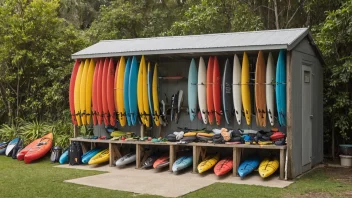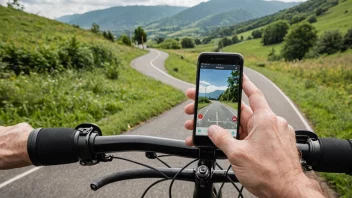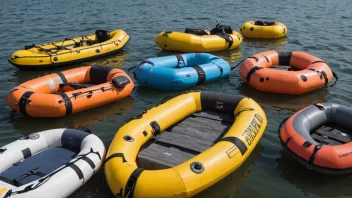Introduction
Water sports can be exhilarating, providing a great way to enjoy the outdoors while getting a workout. However, safety should always come first. One of the essential safety measures in any water activity is the use of buoyancy aids. These devices can significantly enhance safety by helping users stay afloat, but their effectiveness relies on proper selection and usage. In this article, we will explore the top five buoyancy aids that every water sports enthusiast should consider.
1. Life Jackets
Life jackets are perhaps the most recognized buoyancy aids. They are designed to keep an individual afloat in water, regardless of their swimming ability. Key Features:
- Type I: Offshore life jackets designed for rough waters.
- Type II: Near-shore life jackets suitable for calm waters.
- Type III: Floatation aids designed for activities like kayaking and water skiing.
2. Buoyancy Belts
Buoyancy belts are a less bulky alternative to life jackets, offering freedom of movement while still providing essential flotation support. Key Benefits:
- Lightweight: Easier to wear for extended periods.
- Adjustable: Most belts can be customized to fit snugly.
- Ideal for Training: Excellent for beginners learning to swim or dive.
3. Swim Vests
Swim vests are designed for children and inexperienced swimmers. They offer a combination of buoyancy and freedom of movement. Advantages:
- Arm Floaties: Often include inflatable arms for added safety.
- Bright Colors: Enhances visibility in the water.
- Comfortable Fit: Designed to allow for active play.
4. Inflatable PFDs (Personal Flotation Devices)
Inflatable PFDs are compact and can be worn around the waist until activated. Upon immersion in water, they automatically inflate, providing buoyancy. Why Choose Inflatable PFDs:
- Space-Saving: Easy to carry and store.
- Comfortable: Less restrictive than traditional life jackets.
- Quick Activation: Provides flotation when you need it most.
5. Water Sports Helmets
While not a buoyancy aid in the traditional sense, water sports helmets are crucial for safety in activities such as wakeboarding, kayaking, and white-water rafting. Features of Water Sports Helmets:
- Impact Resistance: Protects against head injuries in case of falls.
- Secure Fit: Many models include adjustable straps for comfort and safety.
- Ventilation: Designed to keep the wearer cool during strenuous activity.
Conclusion
Staying safe during water sports is paramount, and choosing the right buoyancy aid can make a significant difference. Whether it’s a life jacket for offshore adventures or a buoyancy belt for training, understanding your options is crucial. Remember to consider the type of water you will be engaging in, your swimming ability, and the specific activities you plan to partake in. By prioritizing safety with the right buoyancy aids, you can enhance your enjoyment and performance in the water.






